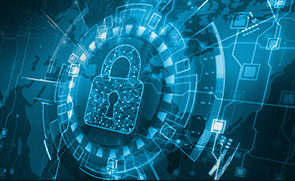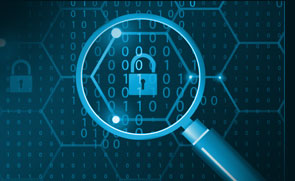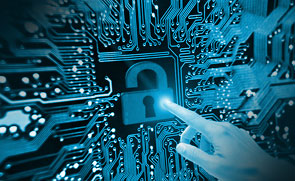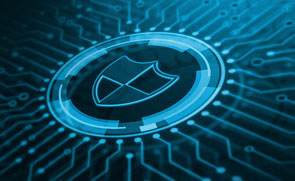
Types of Authorization Systems
Types of Authorization Systems Here’s a table listing different types of authorization systems, including centralized and decentralized authorization, as well as implicit and explicit authorization: Type of Authorization System Description Centralized Authorization In a centralized authorization system, all access control decisions are made by a single authority or system. It typically offers uniform control and…





